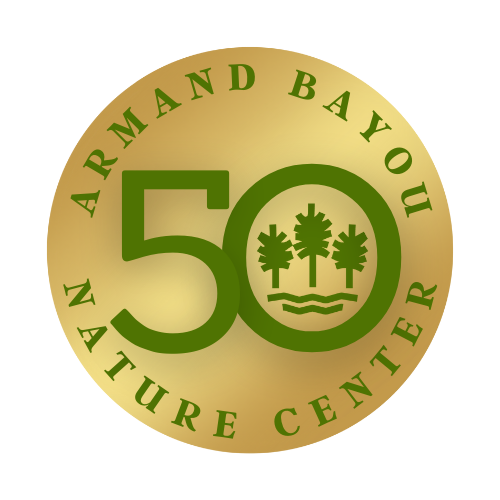Elephant Ear
In 2021 Chevron Pasadena Refinery has generously donated $50,000 and Harris County is donating an additional $50,000 to support our efforts to manage invasive vegetation!
Elephant ear
Twenty years of collective restoration efforts have produced more than 26 acres of estuarine wetlands in Armand and Horsepen bayous. One threat to our ongoing work is an invasive species known as elephant ear (Colocasia esculenta), which easily invades wetland edges, swamps, streams, and riverine forests. If left untreated, the existing bulrush marsh planted by ABNC and partner Galveston Bay Foundation over the past two decades would be dominated in a short time.
Elephant ear (Colocasia esculenta), also called wild taro, is a popular landscape plant that has escaped cultivation and has spread to our waterways. It originates from a large corm and can grow to 4 ft. (1.5 m) in height. Plants spread through rhizomes, stolons, offshoot corms or vegetative fragments. It forms dense stands, and dominates areas previously inhabited by native vegetation. It easily invades wetland edges, swamps, streams, and riverine forests.
Horsepen Bayou is a waterway managed by ABNC. In recent years, the banks have been degraded by invasive plants, one of these is elephant ear which has reduced the function and productivity of the habitat. Threatening vital nesting and foraging habitat for birds of national and state conservation concern: including least bittern, little blue heron, tricolored heron, green heron, snowy egret, sedge wren, wood duck and wood stork. Thanks to the generous support of Chevron Pasadena Refinery and Harris County we will be able to work to defeat this invasive species to restore ABNC’s vital estuarine wetlands to help bayou plant and wildlife to thrive.
Elephant ear is pictured here crowding out native plants | Photo by Gary Seloff




